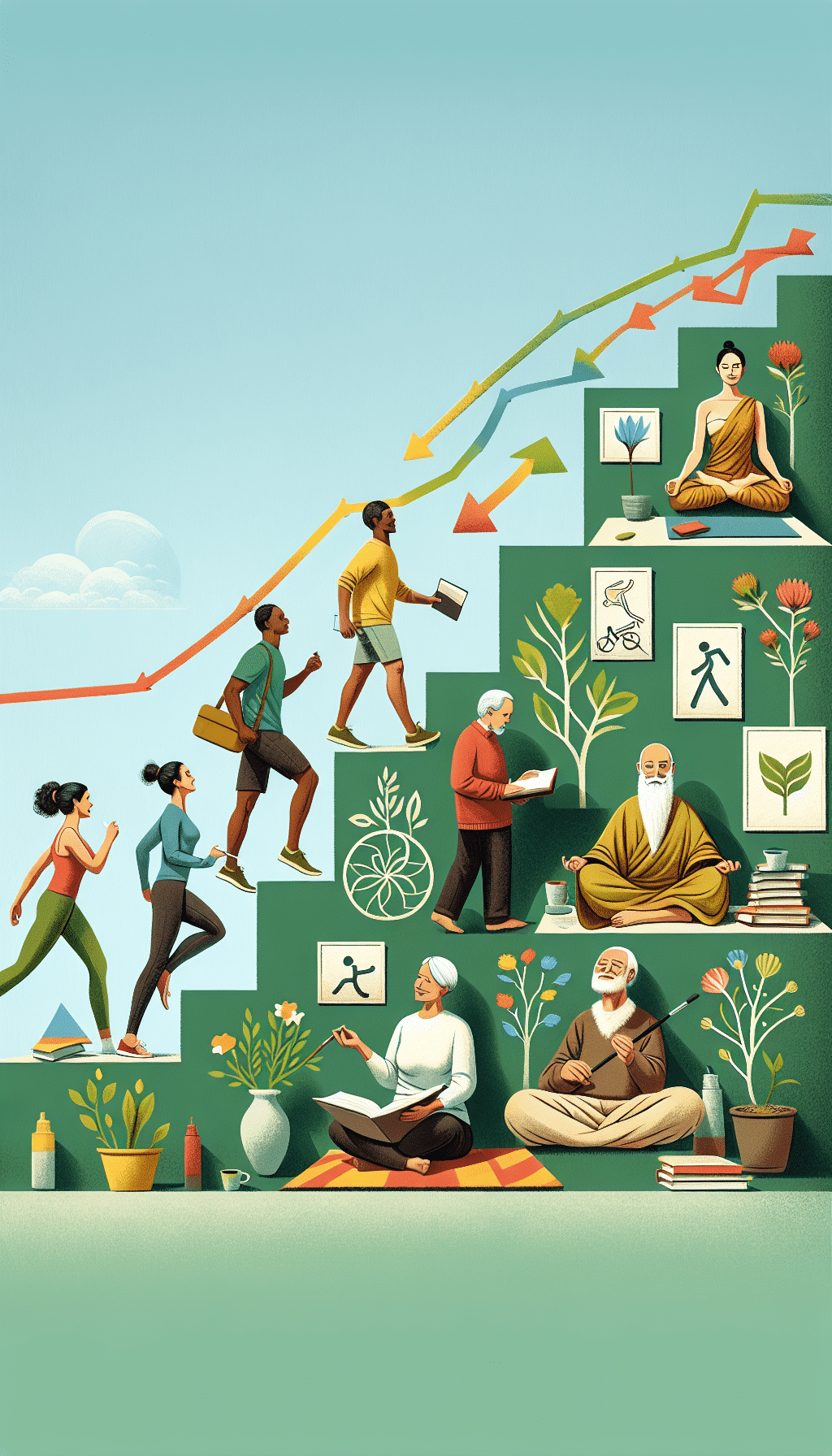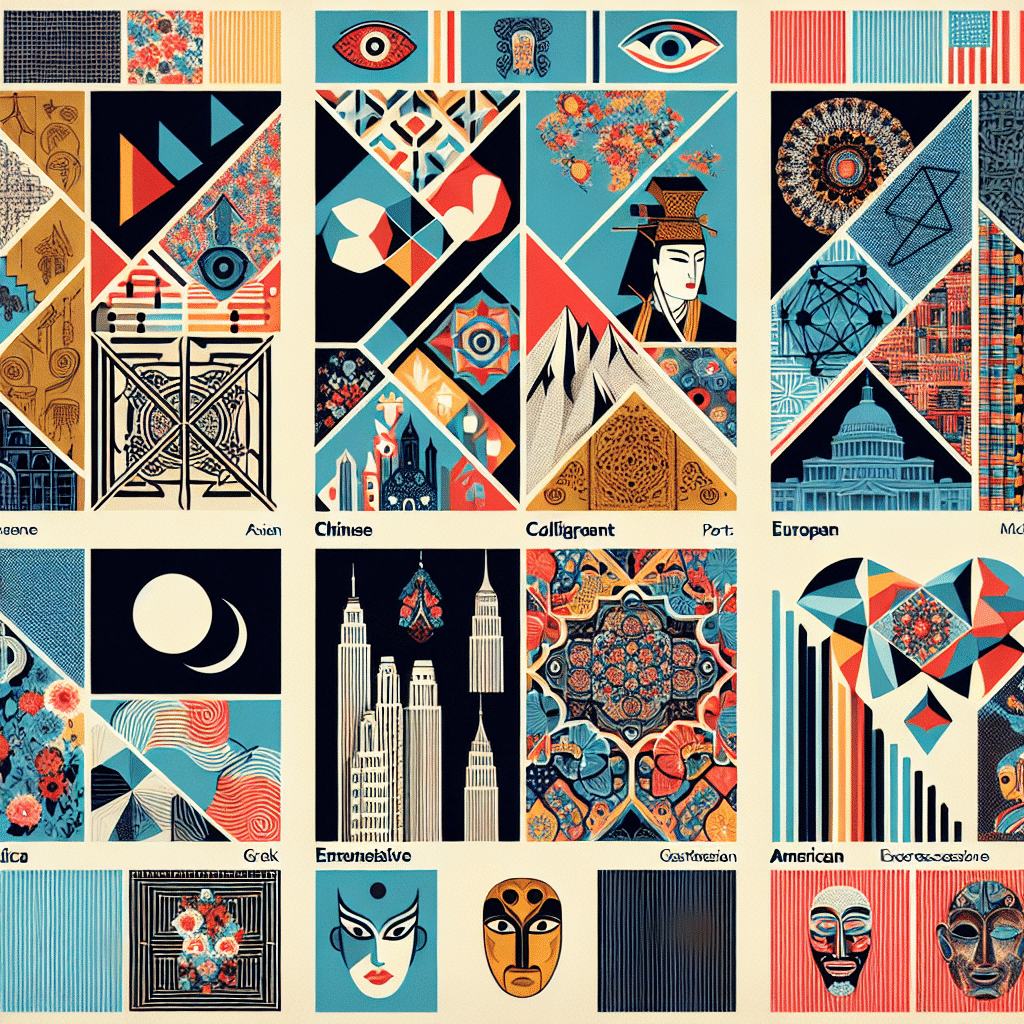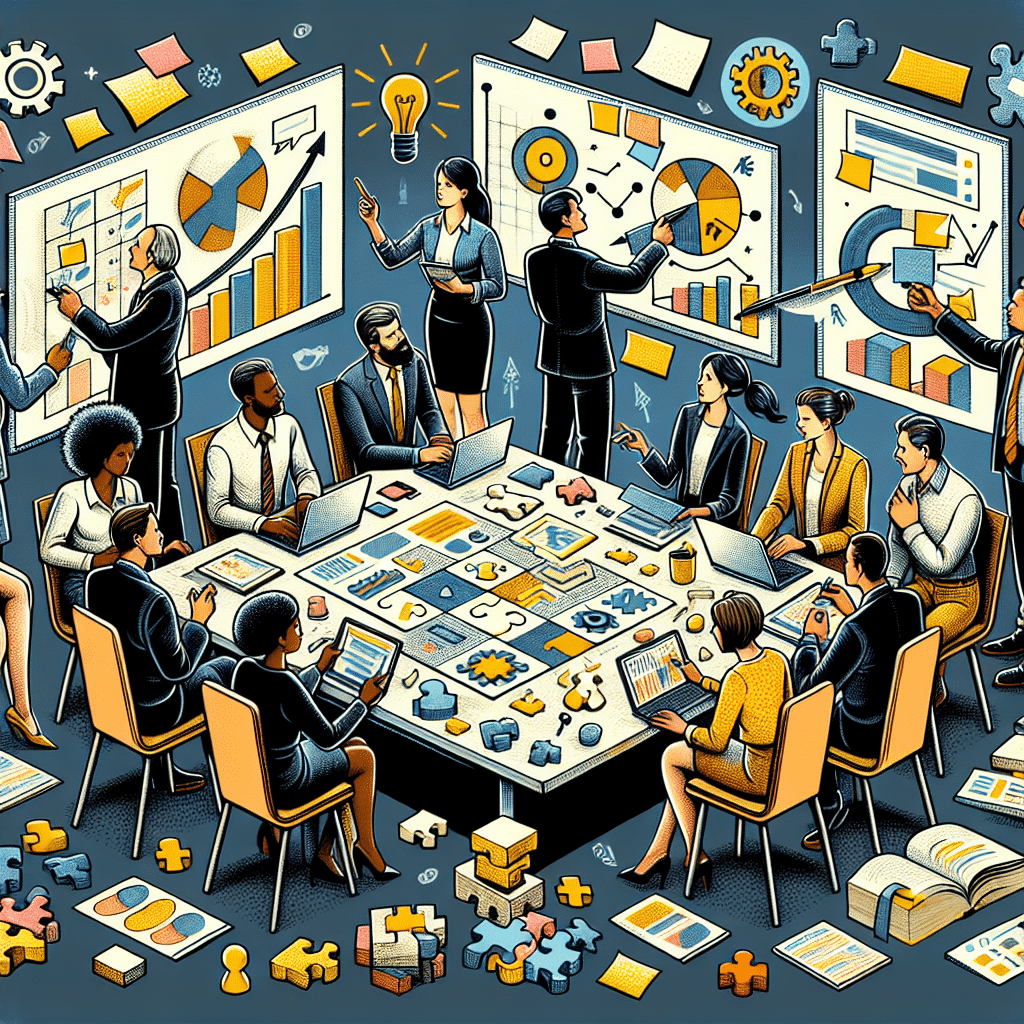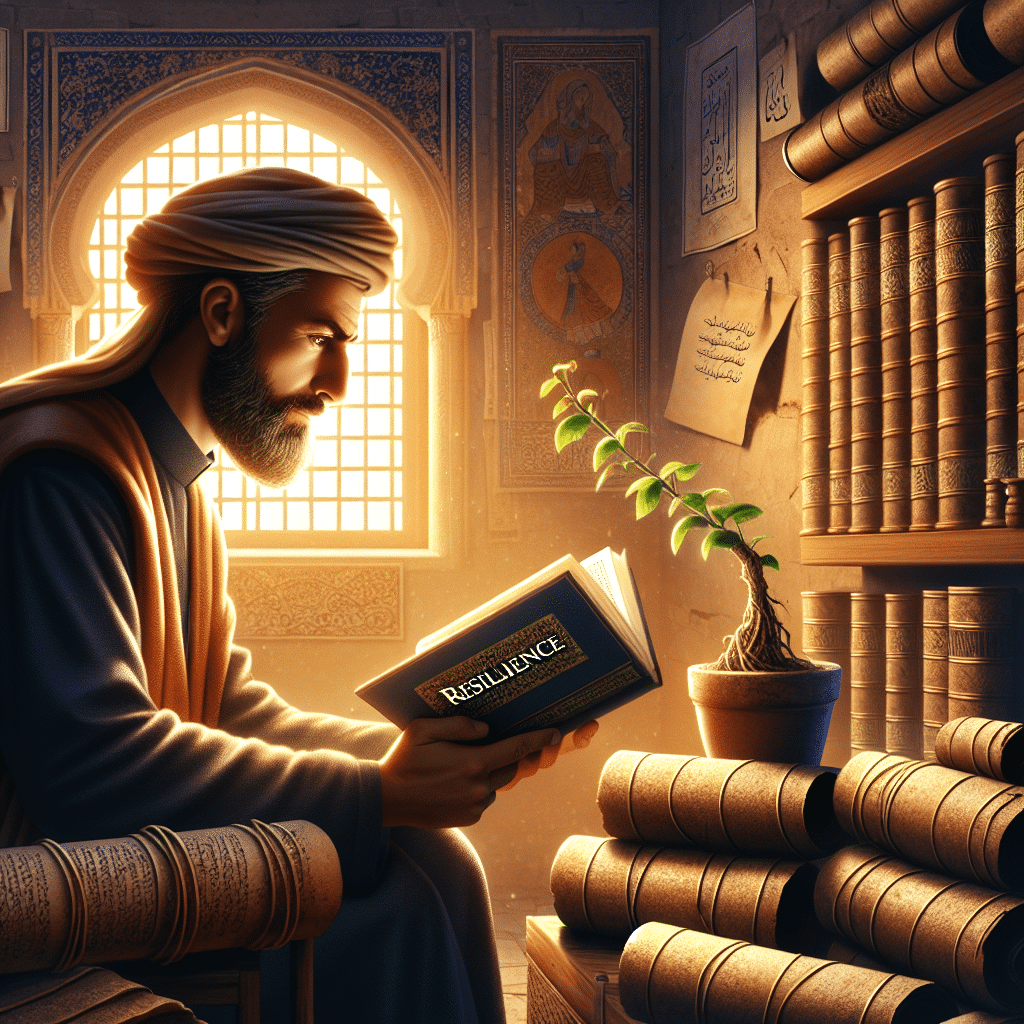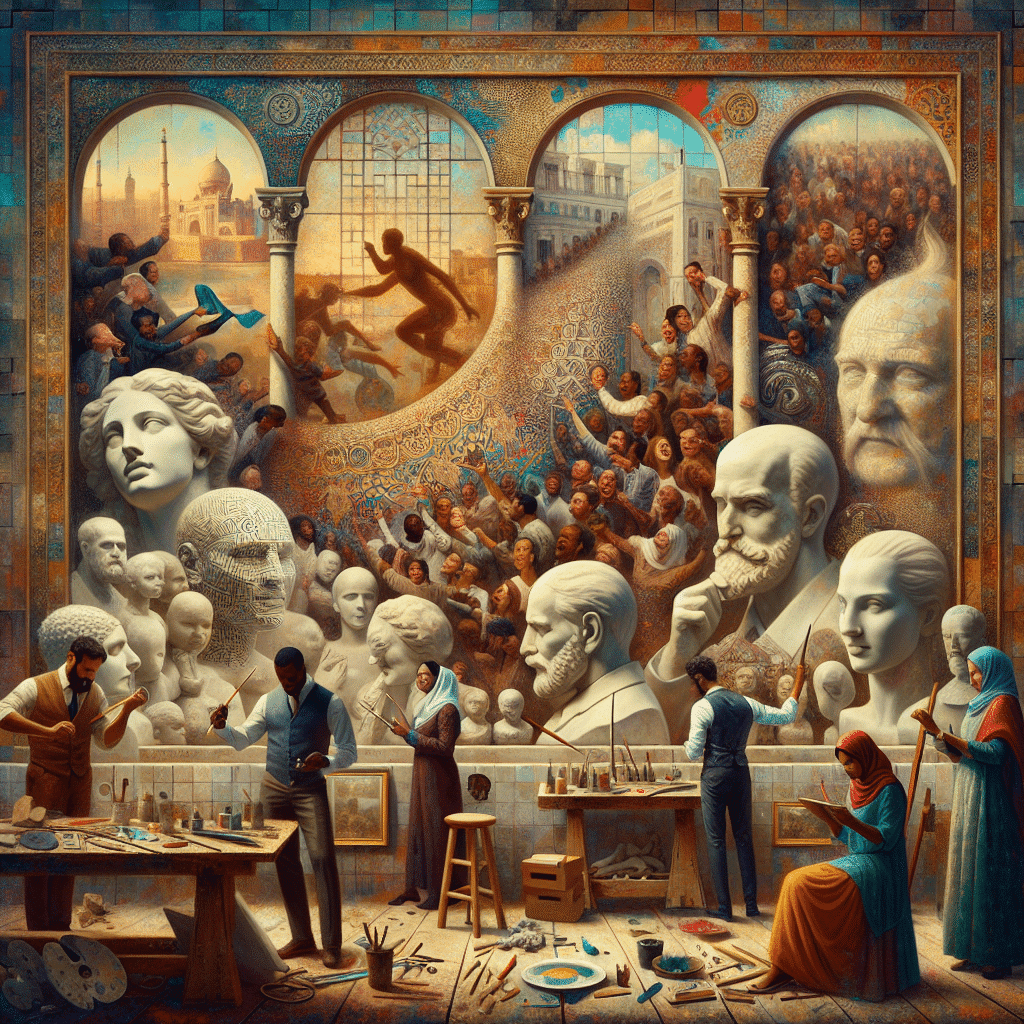
Discover the powerful connection between visual arts and emotional intelligence in our latest blog post. By delving into the world of visual arts, we explore how it can cultivate emotional intelligence and enhance personal growth. From understanding emotions through art to developing empathy and self-awareness, the visual arts offer unique opportunities for self-expression and introspection. Join us as we delve into the profound impact of visual arts on emotional intelligence and uncover the transformative potential of this creative medium. Let’s explore the intersection of art and emotions to unlock new levels of self-understanding and interpersonal connection.
1. Defining Emotional Intelligence in the Visual Arts
Emotional intelligence (EI) refers to the ability to recognize, understand, and manage our own emotions, as well as to perceive and empathize with the emotions of others. It is a crucial skill that plays a significant role in personal and professional success. The visual arts, encompassing a range of mediums such as painting, sculpture, photography, and more, provide a unique platform for exploring and developing emotional intelligence.
In the context of visual arts, emotional intelligence involves the ability to interpret and express emotions through artistic creations. Artists rely on their emotional intelligence to infuse their work with meaning, evoke emotional responses in viewers, and convey their personal experiences, thoughts, and feelings. By using visual elements such as color, composition, texture, and symbolism, artists communicate a range of emotions and invite viewers to connect with their artistic expression.
Moreover, engaging with visual arts can also enhance emotional intelligence in viewers. When we observe and interpret artworks, we tap into our own emotional responses and engage in self-reflection. This process allows us to better understand and regulate our emotions, develop empathy, and gain insights into our own emotional experiences.
By examining the relationship between emotional intelligence and the visual arts, we can deepen our understanding of the emotional aspects of artistic expression and its impact on personal growth. In the following sections, we will explore how the visual arts can enhance emotional intelligence, foster empathy, and provide a platform for understanding and managing our emotions.
2. Exploring the Impact of EI on the Creative Process
The creative process in the visual arts often relies on the artist’s emotional intelligence to generate original and emotionally resonant work. Emotional intelligence allows artists to tap into their inner emotions, express them authentically, and establish a connection with their audience.
One key aspect of emotional intelligence in the creative process is self-awareness. Artists with a high level of emotional intelligence possess a deep understanding of their own emotions, motivations, and values, which informs their artistic choices. By being attuned to their emotional states, artists can harness and channel their emotions into their work, resulting in more heartfelt and impactful pieces.
Furthermore, emotional intelligence plays a vital role in artistic inspiration and intuition. Artists with developed emotional intelligence can navigate their intuition and trust their instincts, allowing for more innovative and imaginative creations. They are often more open to exploring new ideas, taking risks, and pushing creative boundaries.
In addition to self-awareness and intuition, emotional intelligence also encompasses empathy and understanding of others’ emotions. This empathetic capacity allows artists to connect with their audience on a deeper level. By tapping into shared human experiences and emotions, artists can create work that resonates with viewers, eliciting emotional responses and fostering a sense of connection.
Moreover, emotional intelligence enables artists to effectively communicate their intended emotions and messages through their choice of artistic elements and techniques. By carefully considering elements such as color, composition, and form, artists can evoke specific emotional responses in their audience.
Overall, emotional intelligence enhances the creative process in the visual arts by empowering artists to channel their emotions, trust their instincts, connect with viewers on an emotional level, and effectively communicate their artistic vision. By developing their emotional intelligence, artists can create work that is not only visually compelling but also deeply meaningful and emotionally impactful.
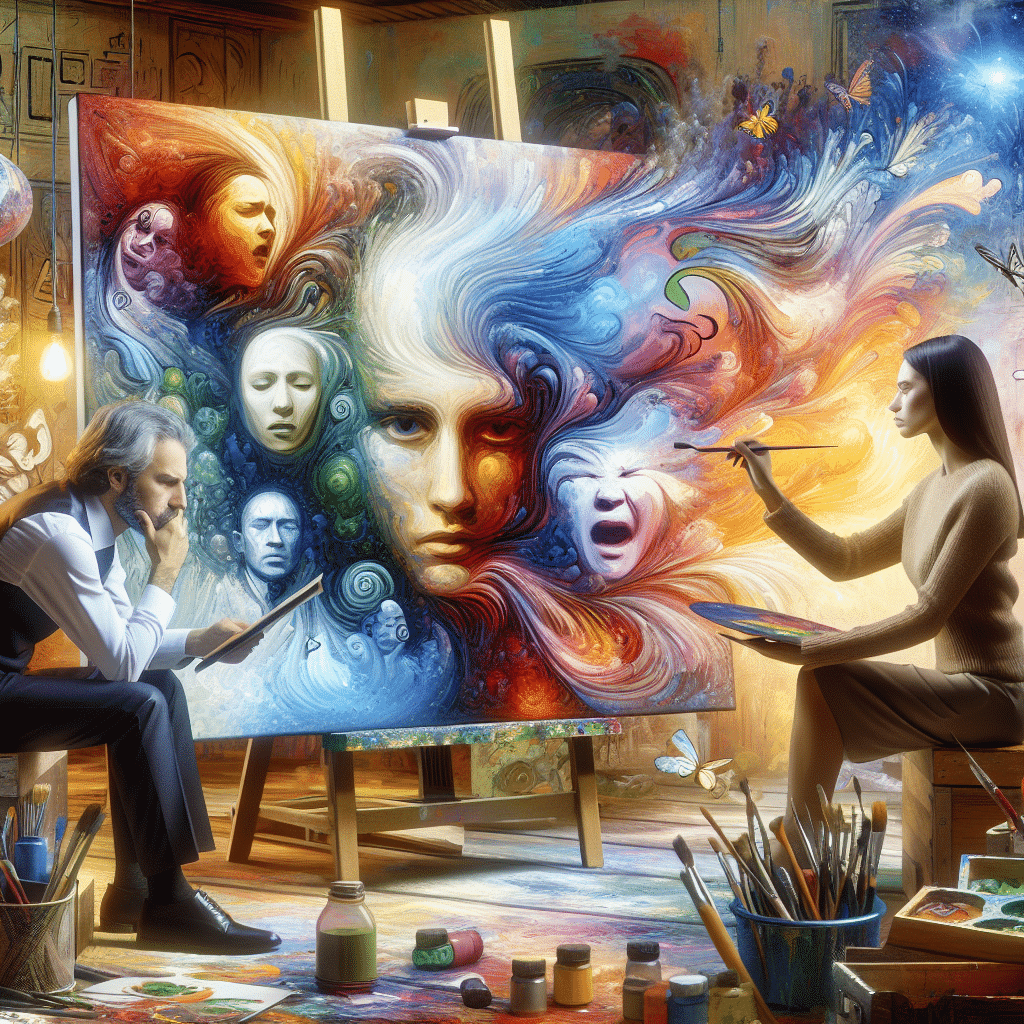
3. Evaluating the Role of EI in Visual Arts Education
Emotional intelligence is not only relevant to the practice of art but also has implications for visual arts education. Educators are increasingly recognizing the importance of teaching emotional intelligence alongside artistic skills and techniques.
By incorporating emotional intelligence into visual arts education, students can develop a deeper understanding of their own emotions, as well as the emotions of others. This self-awareness and empathy can enhance their artistic expression and ability to connect with an audience.
One way to integrate emotional intelligence into visual arts education is through reflective exercises. Students can be encouraged to think critically about their emotions and the emotions they are trying to convey through their artwork. This reflection can lead to a deeper understanding of themselves and their artistic intentions.
In addition, group discussions and critiques can provide opportunities for students to practice empathy and perspective-taking. By listening to and respecting others’ interpretations of artwork, students can develop a sense of empathy and appreciation for different perspectives.
Visual arts education can also incorporate activities that specifically focus on emotional expression and response. Students can be encouraged to explore and represent different emotions through their artwork, facilitating a deeper connection between the artist and the viewer.
Furthermore, by incorporating emotional intelligence into the assessment process, educators can provide constructive feedback that considers the emotional impact of the artwork. This approach emphasizes the importance of emotional engagement and encourages students to think beyond technical skill.
Overall, including emotional intelligence in visual arts education benefits students by fostering self-awareness, empathy, and artistic expression. By integrating these elements into the curriculum, educators can support students in developing their emotional intelligence alongside their artistic skills, preparing them for a more holistic and meaningful artistic practice.
4. Applying Emotional Intelligence to Visual Arts
The application of emotional intelligence in the visual arts can enhance the artistic process and the overall impact of the artwork. Artists who are emotionally intelligent are more attuned to their own emotions and those of their audience, allowing them to create more authentic and impactful artwork.
One way artists can apply emotional intelligence is through self-reflection and introspection. By understanding their own emotions, artists can better convey their feelings and experiences through their artwork. This self-awareness can lead to more meaningful and evocative artistic expression.
Emotionally intelligent artists are also skilled at recognizing and interpreting emotions in others. This ability allows them to create artwork that resonates with their audience on a deeper level. By considering the emotional impact of their artwork, artists can evoke specific emotions and provoke thought and introspection in their viewers.
Collaboration and empathy are also important aspects of applying emotional intelligence in visual arts. By working collaboratively with others, artists can incorporate different perspectives and experiences, resulting in more diverse and inclusive artwork. Artists who are empathetic can tap into the shared human experience and create art that connects with a broader audience.
Furthermore, emotionally intelligent artists are able to navigate and manage criticism and feedback in a constructive manner. They are open to different viewpoints and can use feedback to improve and refine their work. This ability to accept and learn from feedback is crucial to personal and artistic growth.
In addition to the creation of artwork, emotional intelligence can also inform the marketing and presentation of artwork. Emotionally intelligent artists can develop strategies to engage with their audience and build meaningful connections. They understand the emotions that their artwork elicits and can effectively communicate their artistic intent and story behind the artwork.
In conclusion, applying emotional intelligence in the visual arts enhances the artistic process and the impact of the artwork. Artists who are emotionally intelligent are more self-aware, empathetic, and able to connect with their audience on an emotional level. By incorporating emotional intelligence into their artistic practice, artists can create more authentic, meaningful, and impactful artwork.
5. Benefits of Leveraging Emotional Intelligence in Visual Arts
Leveraging emotional intelligence in visual arts offers several benefits for artists and their audience. By incorporating emotional intelligence into their artistic practice, artists can create more impactful and meaningful artwork that resonates with viewers on a deep emotional level.
One of the key benefits of leveraging emotional intelligence is the ability to evoke specific emotions in the viewer. Emotionally intelligent artists possess a deep understanding of human emotions and can effectively convey these emotions through their artwork. This emotional resonance can create a powerful connection between the artwork and the audience, leaving a lasting impact.
Furthermore, emotional intelligence in visual arts helps artists in cultivating empathy. Artists who are empathetic can accurately convey the experiences and emotions of others, making their artwork relatable and accessible to a wider audience. This empathetic approach to art allows viewers to engage with the artwork on a personal level, promoting emotional connection and understanding.
Emotional intelligence also helps artists navigate criticism and feedback. Artists with high emotional intelligence can handle feedback in a constructive way and use it as a tool for growth and improvement. They can separate their personal emotions from the feedback and focus on the objective aspects of their artwork, leading to continuous artistic development.
In addition to personal benefits, emotional intelligence in visual arts has broader societal implications. Art has the power to inspire, provoke thought, and spark conversations about important social and emotional issues. Artists who leverage emotional intelligence can create artwork that addresses and raises awareness about these issues, fostering dialogue and understanding among viewers.
Lastly, emotional intelligence in visual arts contributes to the overall well-being and mental health of both artists and viewers. Art that evokes emotions and promotes self-reflection can provide solace, inspire positivity, and act as a therapeutic outlet for individuals. It can also serve as a tool for self-expression and personal growth, offering a means of self-discovery and self-empowerment.
In conclusion, leveraging emotional intelligence in visual arts benefits both artists and viewers. It allows artists to create more impactful and meaningful artwork, promotes empathy and understanding, helps navigate feedback and criticism, addresses important social issues, and contributes to personal well-being and growth.
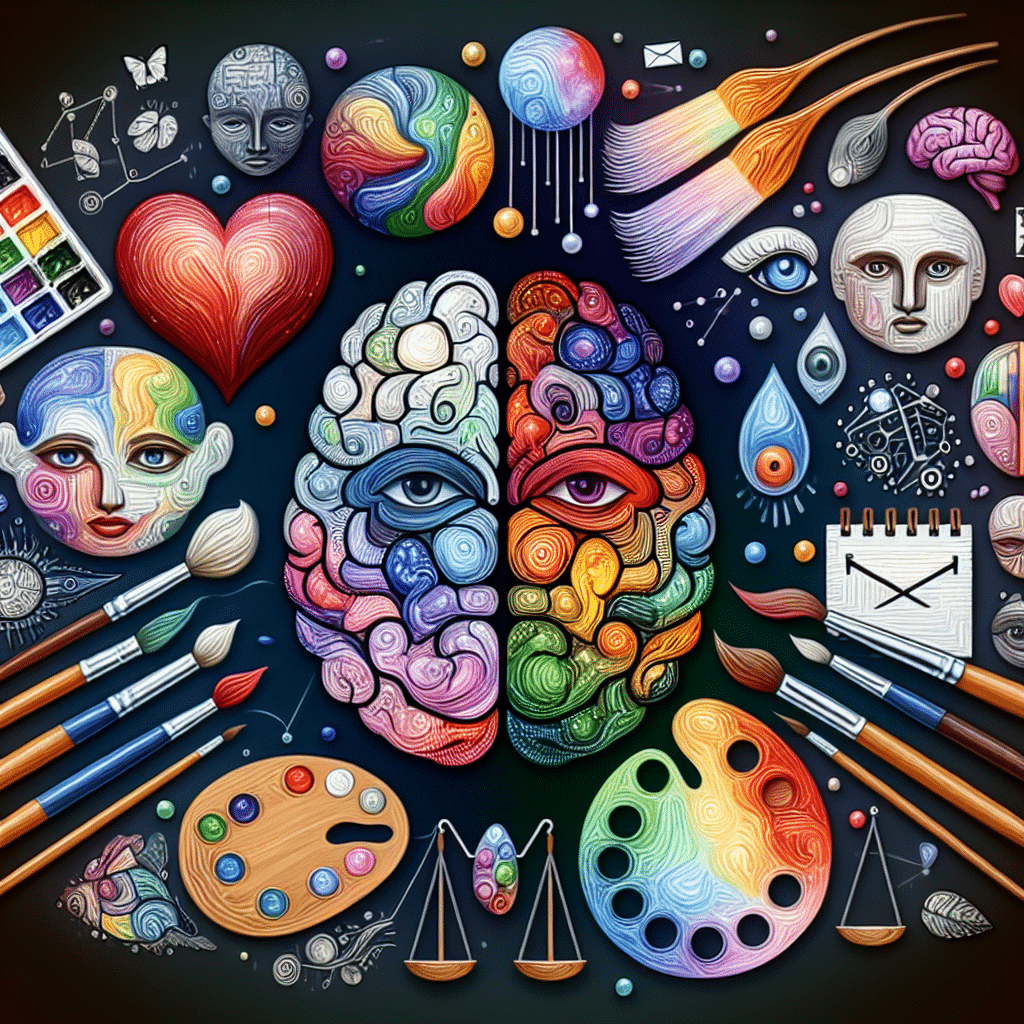
Conclusion
Incorporating emotional intelligence into the visual arts can have a profound impact on both the artist and the audience. By understanding and harnessing emotions, artists can create artwork that resonates deeply, evokes specific emotions, and fosters empathy and connection. This connection not only enhances the artistic experience but also promotes personal growth and self-expression. Additionally, leveraging emotional intelligence in the visual arts can address important social issues and contribute to the well-being and mental health of individuals. Through the power of emotions and self-reflection, art has the ability to inspire, heal, and transform both the artist and the viewer.

